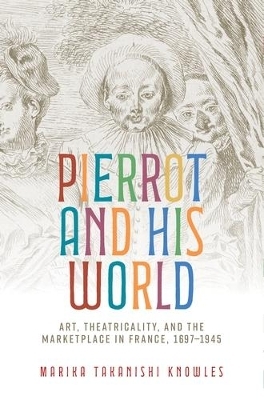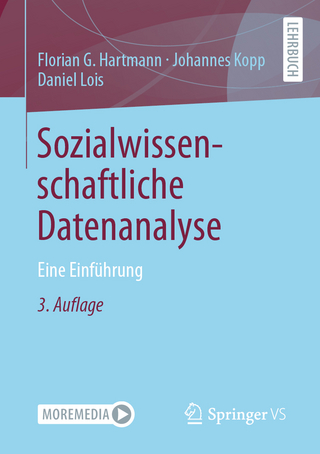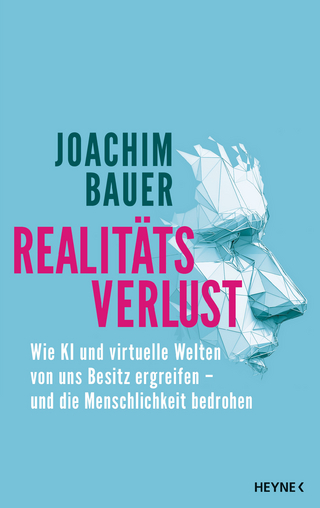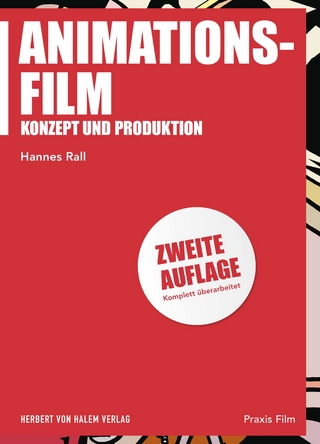
Pierrot and His World
Art, Theatricality, and the Marketplace in France, 1697–1945
Seiten
2024
Manchester University Press (Verlag)
978-1-5261-7409-3 (ISBN)
Manchester University Press (Verlag)
978-1-5261-7409-3 (ISBN)
- Titel z.Zt. nicht lieferbar
- Versandkostenfrei innerhalb Deutschlands
- Auch auf Rechnung
- Verfügbarkeit in der Filiale vor Ort prüfen
- Artikel merken
The stock theatrical character Pierrot is an enduring figure in French visual art, where he emerges at the intersection of theatricality and the marketplace. This book offers an account of Pierrot’s recurrence in painting, prints, photography and film, tracing this distinctive type from the art of Watteau to the cinema of Occupied France. -- .
Pierrot, a theatrical stock character known by his distinctive costume of loose white tunic and trousers, is a ubiquitous figure in French art and culture. This richly illustrated book offers an account of Pierrot’s recurrence in painting, printmaking, photography and film, tracing this distinctive type from the art of Antoine Watteau to the cinema of Occupied France. As a visual type, Pierrot thrives at the intersection of theatrical and marketplace practices. From Watteau’s Pierrot (c. 1720) and Édouard Manet’s The Old Musician (1862) to Nadar and Adrien Tournachon’s Pierrot the Photographer (1855) and the landmark film Children of Paradise (1945), Pierrot has given artists a medium through which to explore the marketplace as a form for both social life and creative practice. Simultaneously a human figure and a theatrical mask, Pierrot elicits artistic reflection on the representation of personality in the marketplace. -- .
Pierrot, a theatrical stock character known by his distinctive costume of loose white tunic and trousers, is a ubiquitous figure in French art and culture. This richly illustrated book offers an account of Pierrot’s recurrence in painting, printmaking, photography and film, tracing this distinctive type from the art of Antoine Watteau to the cinema of Occupied France. As a visual type, Pierrot thrives at the intersection of theatrical and marketplace practices. From Watteau’s Pierrot (c. 1720) and Édouard Manet’s The Old Musician (1862) to Nadar and Adrien Tournachon’s Pierrot the Photographer (1855) and the landmark film Children of Paradise (1945), Pierrot has given artists a medium through which to explore the marketplace as a form for both social life and creative practice. Simultaneously a human figure and a theatrical mask, Pierrot elicits artistic reflection on the representation of personality in the marketplace. -- .
Marika Takanishi Knowles is a Senior Lecturer in Art History at the University of St Andrews -- .
Introduction
1 Antoine Watteau and the fête marchande
2 Pierrot-co-co
3 New Paris, old Pierrot (new Pierrot, old Paris)
4 Nadar charlatan
5 Old clothes and the dreams of the artist
Conclusion
Index -- .
| Erscheinungsdatum | 03.01.2024 |
|---|---|
| Zusatzinfo | 16 colour illustrations, 64 black & white illustrations |
| Verlagsort | Manchester |
| Sprache | englisch |
| Maße | 156 x 234 mm |
| Gewicht | 701 g |
| Themenwelt | Kunst / Musik / Theater ► Film / TV |
| Kunst / Musik / Theater ► Kunstgeschichte / Kunststile | |
| Kunst / Musik / Theater ► Theater / Ballett | |
| Sozialwissenschaften ► Kommunikation / Medien ► Medienwissenschaft | |
| ISBN-10 | 1-5261-7409-X / 152617409X |
| ISBN-13 | 978-1-5261-7409-3 / 9781526174093 |
| Zustand | Neuware |
| Informationen gemäß Produktsicherheitsverordnung (GPSR) | |
| Haben Sie eine Frage zum Produkt? |
Mehr entdecken
aus dem Bereich
aus dem Bereich
Eine Einführung
Buch | Softcover (2022)
Springer VS (Verlag)
32,99 €
wie KI und virtuelle Welten von uns Besitz ergreifen – und die …
Buch | Hardcover (2023)
Heyne (Verlag)
22,00 €


